Laryngoscope Fiber Optic: Advanced ENT Tools
Dec 23, 2023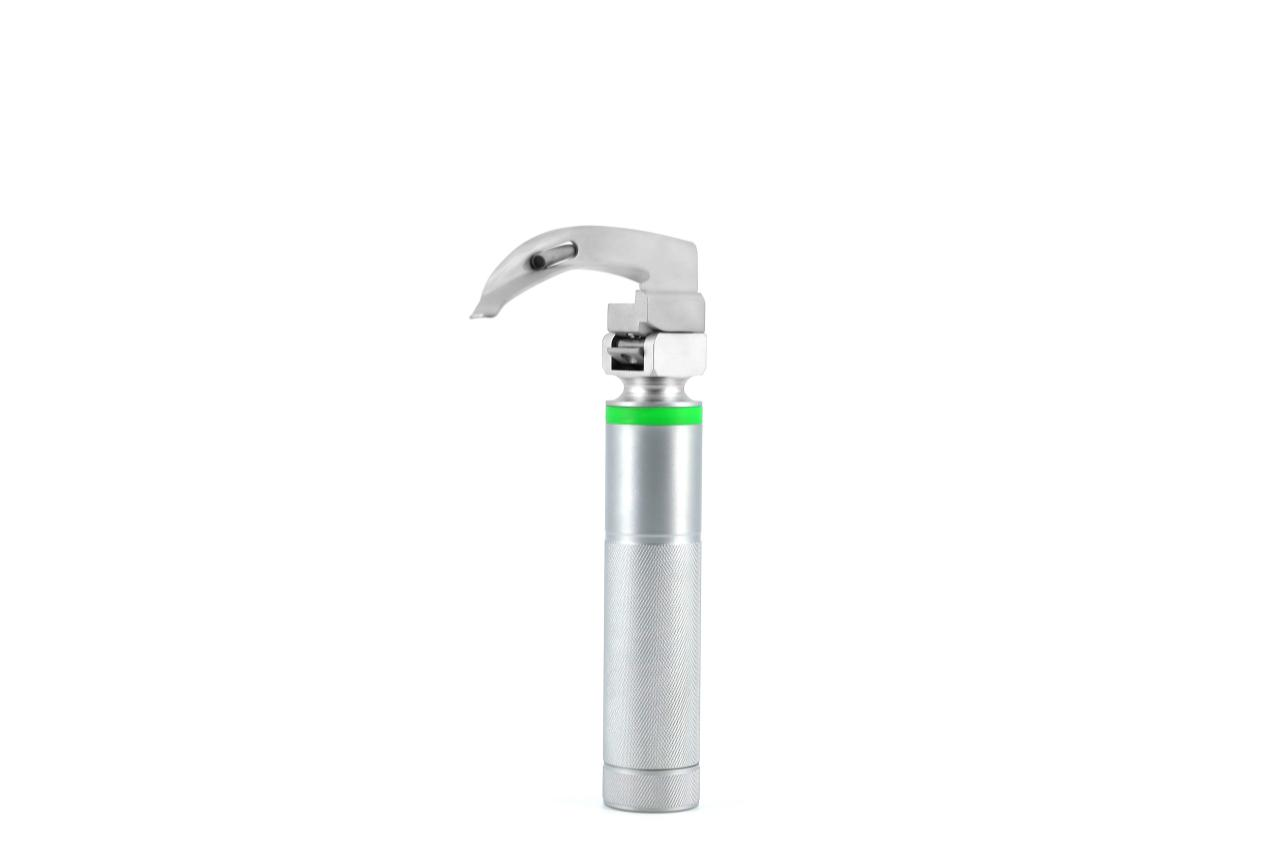
Laryngoscope fiber optic tools have significantly enhanced the diagnostic capabilities of healthcare professionals in the field of otolaryngology. The advanced features and benefits provided by fiber optic laryngoscopes have revolutionized the way we examine and treat conditions involving the throat, voice box, and upper airway.
With their superior quality, fiber optic laryngoscopes offer increased illumination and clearer visualization, providing a more accurate diagnosis, and ensuring precision intubation. In this article, we will explore how fiber optic technology has enhanced laryngoscope devices and the key advantages they offer in ENT diagnostics and treatment.
Key Takeaways:
- Fiber optic laryngoscopes provide superior illumination and clearer visualization.
- Advanced features of fiber optic laryngoscopes revolutionize ENT diagnostics and precision intubation.
- Fiber optic technology in laryngoscope devices offers an accurate diagnosis and patient safety.
- Different types of fiber optic laryngoscopes cater to the specific requirements and preferences of healthcare professionals.
- Proper maintenance and care of fiber optic laryngoscopes ensure longevity and optimal performance.
Understanding the Laryngoscope Device
A laryngoscope device is a diagnostic instrument used to examine the larynx and surrounding structures in the throat. It consists of a handle, a blade, and a light source that illuminates the area for better visualization. The blade provides an unobstructed view of the larynx and helps healthcare professionals to guide endotracheal tubes or other medical instruments accurately.
In most cases, traditional laryngoscopes use halogen bulbs for illumination, but recent advancements in laryngoscope technology have led to the development of fiber optic laryngoscopes. These devices use thin, flexible fiber optic cables that transmit light through the blade rather than relying on a bulb.
Fiber optic laryngoscope technology provides better illumination, leading to clearer visualization of the larynx and upper airway. Additionally, fiber optic laryngoscopes are less likely to damage sensitive tissues in the throat, making them ideal for nasotracheal or nasogastric intubation procedures.
Components of a Laryngoscope Device
Let’s take a closer look at the components that make up a laryngoscope device:
Handle: The handle of a laryngoscope device is usually made of stainless steel or other durable materials. It houses the batteries that power the light source and may have controls for adjusting the brightness of the light.
Blade: The blade is the part of the laryngoscope that is inserted into the patient’s mouth to provide a clear view of the larynx. It can be made of various materials such as plastic, stainless steel, or even titanium.
Light Source: The light source is an essential component of a laryngoscope device that illuminates the area for better visualization. Traditional laryngoscopes use halogen bulbs for illumination, while newer models use fiber optic cables.
The advent of fiber optic technology has revolutionized laryngoscopes, providing clearer visualization, better illumination, and less potential for tissue damage.
The Advantages of Fiber Optic Technology
Fiber optic technology used in laryngoscope instruments offers several advantages over traditional tools. The illumination provided by fiber optics is brighter and more efficient, resulting in clearer and more accurate visualization during procedures. Compared to traditional laryngoscopes, fiber optic instruments significantly reduce the risk of damaging surrounding tissues.
Another significant advantage of fiber optic laryngoscopes is their flexibility to adjust visual angles and provide alternative viewing options during procedures. This flexibility minimizes any discomfort felt by patients while maximizing diagnostic accuracy, making them essential tools in any healthcare professional’s arsenal.
The use of fiber optic technology in laryngoscope instruments has also resulted in a significant reduction in diagnostic time, allowing for faster diagnosis and treatment. With faster diagnoses, there is a higher chance of successful patient outcomes, particularly in emergency situations where time is of the essence.
In conclusion, the many advantages of fiber optic technology in laryngoscopes make them vital tools in medical practice. Better illumination, increased flexibility, and improved accuracy have revolutionized the way healthcare professionals diagnose and treat patients, resulting in better outcomes and improved patient care.
Precision Intubation with Fiber Optic Laryngoscopes
Fiber optic laryngoscopes have revolutionized intubation procedures by providing healthcare professionals with greater precision during the process. The specialized features of these instruments allow for better illumination and clear visualization of the patient’s anatomy, resulting in a more accurate placement of the endotracheal tube. The use of fiber optic laryngoscopes greatly reduces the risk of injury to delicate soft tissues in the upper airway, ensuring patient safety.
Laryngoscope devices with fiber optic instruments have flexible blades that are available in different shapes and sizes to accommodate a wide range of patients. This flexibility provides superior maneuverability, ensuring that professionals can visualize the area that needs intubation with greater ease. Additionally, the use of a smaller blade offers a less invasive approach, which minimizes the likelihood of complications such as bleeding or swelling.
In summary, the use of fiber optic laryngoscopes during intubation procedures provides healthcare professionals with a valuable tool for accurate diagnoses and treatments in the field of otolaryngology. These advanced devices ensure precision and improve patient safety, making them an invaluable resource for all ENT practices.
The Role of Fiber Optic Laryngoscopes in ENT Diagnostics
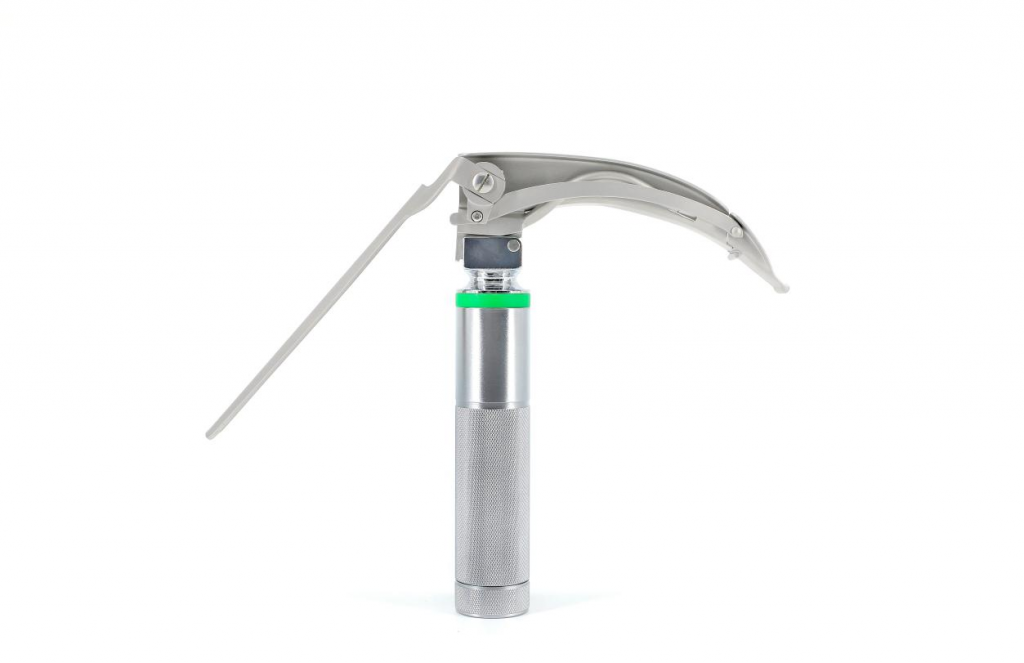
Fiber optic laryngoscopes have become a game-changer in ENT diagnostics. Their advanced technology and specialized features have significantly enhanced the accuracy of diagnosing and treating various conditions of the throat, voice box, and upper airway.
These fiber optic tools provide a clear visualization of the targeted area, enabling healthcare professionals to make an accurate diagnosis. One of the main advantages of fiber optic laryngoscopes is the increased illumination they provide, compared to traditional laryngoscope instruments. This feature has proved invaluable in identifying small or hidden abnormalities within the upper airway.
Moreover, the use of fiber optic technology in laryngoscopes has substantially improved the safety of invasive procedures, such as intubation. These advanced laryngoscope devices are specifically designed to help practitioners achieve successful precision intubation without causing any harm to the patient.
In summary, the benefits of using fiber optic laryngoscopes in ENT diagnostics cannot be overstated. The accuracy and safety they provide have revolutionized the field of otolaryngology, and they remain an indispensable tool for many healthcare professionals.
Exploring Different Types of Fiber Optic Laryngoscopes
Fiber optic laryngoscopes come in various shapes and sizes, catering to the specific needs of healthcare professionals. In this section, we will explore the different types of fiber optic laryngoscopes available in the market, and how their designs and features make them suitable for different procedures and patients.
Macintosh Fiber Optic Laryngoscope
The Macintosh fiber optic laryngoscope is a curved blade instrument used to visualize the glottis and facilitate intubation. Its curved blade ensures that the tongue is lifted away from the posterior pharyngeal wall, providing a clear line of sight.
Miller Fiber Optic Laryngoscope
The Miller fiber optic laryngoscope is a straight blade instrument used to visualize the glottis and facilitate intubation. Its straight blade is ideal for procedures involving difficult airway management, such as pediatric intubation.
Nasal Fiber Optic Laryngoscope
The Nasal fiber optic laryngoscope is a flexible instrument used for nasal intubation procedures. Its flexible design allows for easy maneuvering around the curves of the nasal passages, providing clear visualization of the glottis and facilitating intubation.
Each type of fiber optic laryngoscope has its unique features, making them suitable for particular procedures and patients. Choosing the right fiber optic laryngoscope depends on the healthcare professional’s preferences, the patient’s condition, and the specific procedure. Healthcare professionals should decide carefully and take into consideration the benefits and drawbacks of each type of fiber optic laryngoscope.
Choosing the Right Fiber Optic Laryngoscope for Your Practice
When selecting a fiber optic laryngoscope, several factors must be considered. Firstly, determine the size that will best fit your patients and use cases. A standard adult laryngoscope blade may not be suitable for small children or patients with limited oral opening. Similarly, a large blade may be difficult to maneuver for patients with a restricted neck movement.
Another crucial consideration is the flexibility of the fiber optic laryngoscope. Some blades are designed to be more flexible to enable easy navigation through the airway, while others are more rigid for improved stability during intubation procedures.
Compatibility with your existing equipment is also essential when making your decision. Ensure that the fiber optic laryngoscope is compatible with your existing light source and camera systems to avoid compatibility issues.
Finally, seek guidance from your colleagues and peers who have experience with the devices you are considering. Their feedback and insights can be invaluable in determining which fiber optic laryngoscope will best suit your practice.
Maintaining and Caring for Fiber Optic Laryngoscopes
Proper maintenance and care of laryngoscope fiber optic devices are essential to ensure their longevity and optimal performance. Regular cleaning and storage practices are necessary to avoid damage and maintain the integrity of the instrument. Here are some valuable insights into caring for fiber optic laryngoscopes:
Cleaning
After each use, fiber optic laryngoscopes should be cleaned thoroughly to prevent any contamination. Remove any debris or secretions and wipe the device with a damp cloth or sponge. Make sure to avoid any abrasive or sharp materials that may scratch or damage the lens. Use a designated cleaning solution that is compatible with the device and follow the manufacturer’s instructions for proper cleaning. Remember to rinse the instrument with water and dry gently with a clean cloth before storing.
Storage
After cleaning, fiber optic laryngoscopes should be stored in a designated, dry location away from direct sunlight or excessive heat. Ensure that the device is protected from any impact or damage. Store the instrument in a secure, dust-proof container to prevent any debris or contamination when not in use. Before using the device again, make sure to inspect it thoroughly for any damage or defects.
By following these proper maintenance and care practices for your laryngoscope fiber optic device, you can extend its lifespan and maintain its optimal performance. Always refer to the manufacturer’s instructions for cleaning and storage and prioritize regular maintenance to ensure accurate diagnoses and safe patient care.
Conclusion
In conclusion, investing in fiber optic laryngoscopes is a wise choice for any ENT practice. The advanced technology and specialized features of these devices provide enhanced visualization and greater precision during intubation procedures. With the ability to diagnose and treat conditions involving the throat, voice box, and upper airway, fiber optic laryngoscopes are invaluable tools for accurate ENT diagnoses and treatments.
When selecting a fiber optic laryngoscope for your practice, it’s important to consider factors such as size, flexibility, and compatibility with other devices. Additionally, proper maintenance and care will ensure the longevity and optimal performance of these devices, providing you with a reliable tool for years to come.
Overall, incorporating fiber optic laryngoscopes into your practice will elevate patient care and enable you to provide more accurate diagnoses and treatments in the field of otolaryngology.
Categories
Latest Articles

Mole Medical invites you to meet the 91st China International Medical Equipment Fair (2025 Shanghai CMEF)
Dear partners at home and abroad:In the era of the booming development of global Medical technology, Mole Medical has always adhered to the original intention of innovation, and made intensive efforts in the field of medical endoscopes, constantly making technological breakthroughs and developing high-quality products. On this occasion, we cordially invite you to attend the ... Read more
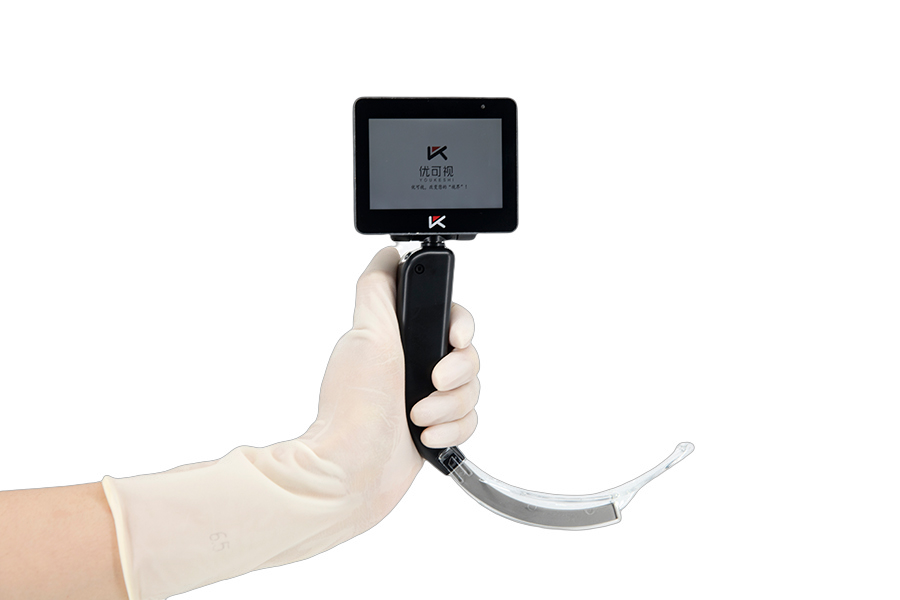
Essential Laryngoscope Parts and Their Vital Uses
The laryngoscope is a vital medical instrument that allows doctors to examine the throat and vocal cords with precision. By providing a clear view of the airway, it plays a crucial role in various medical procedures, particularly in airway management. This tool is essential for ensuring patients can breathe properly, as it facilitates safe and ... Read more
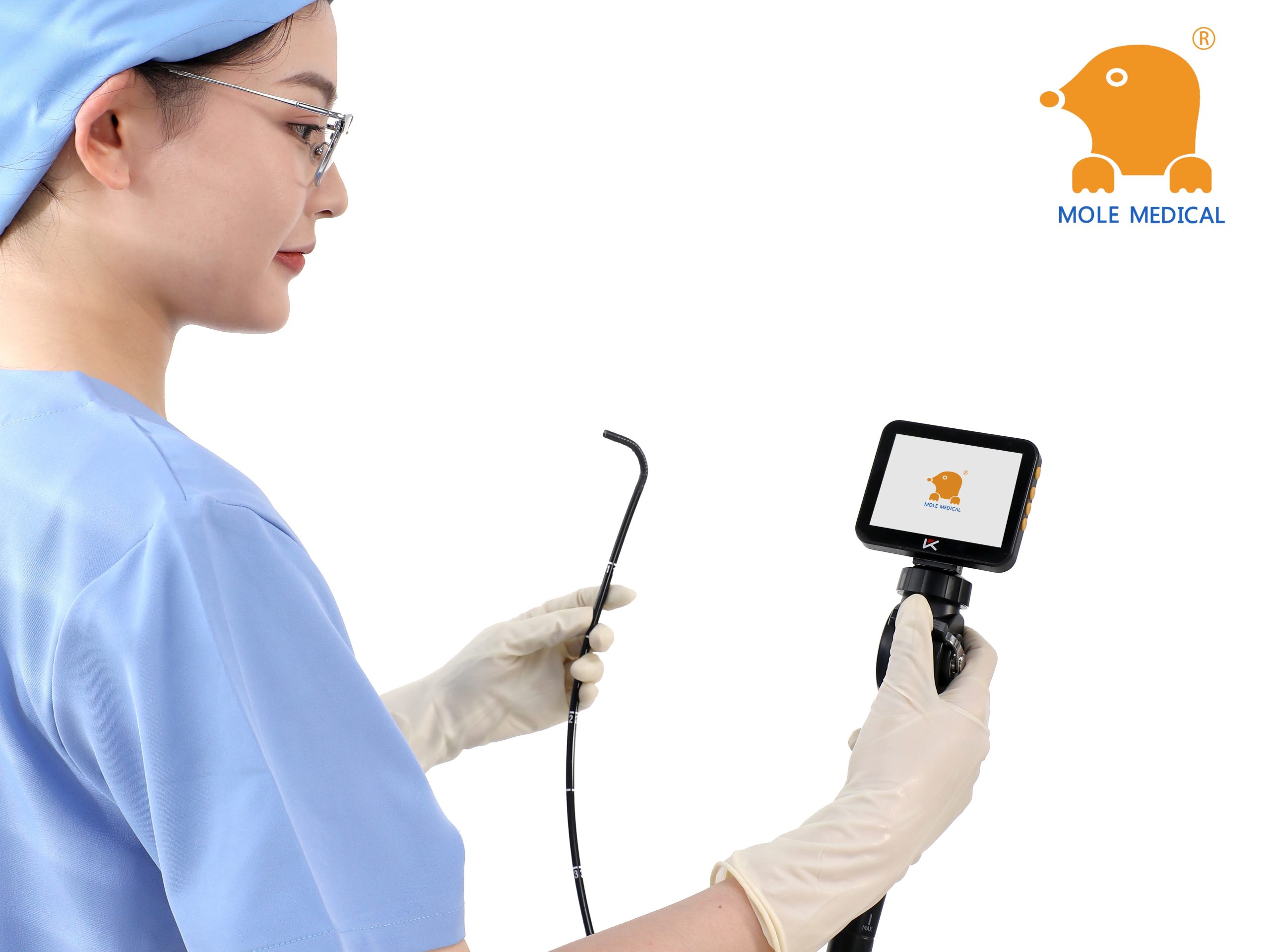
From cleaning to maintenance: a holistic management strategy for Mole medical electronic bronchoscopes
In the modern medical field, electronic bronchoscope is an important tool for the diagnosis and treatment of respiratory diseases, and its accuracy and safety are directly related to the treatment effect and life safety of patients. Mole Medical's electronic bronchoscopes are widely recognized for their superior performance and precise diagnostic capabilities. However, to ensure that this high-end equipment is always in top condition, a comprehensive management strategy from cleaning to maintenance is essential.

More than ten years focus on the field of anesthesia Jiangsu Mole Medical, providing airway equipment for thousands of hospitals around the world
More than ten years focus on the field of anesthesia Jiangsu Mole Medical, providing airway equipment for thousands of hospitals around the world
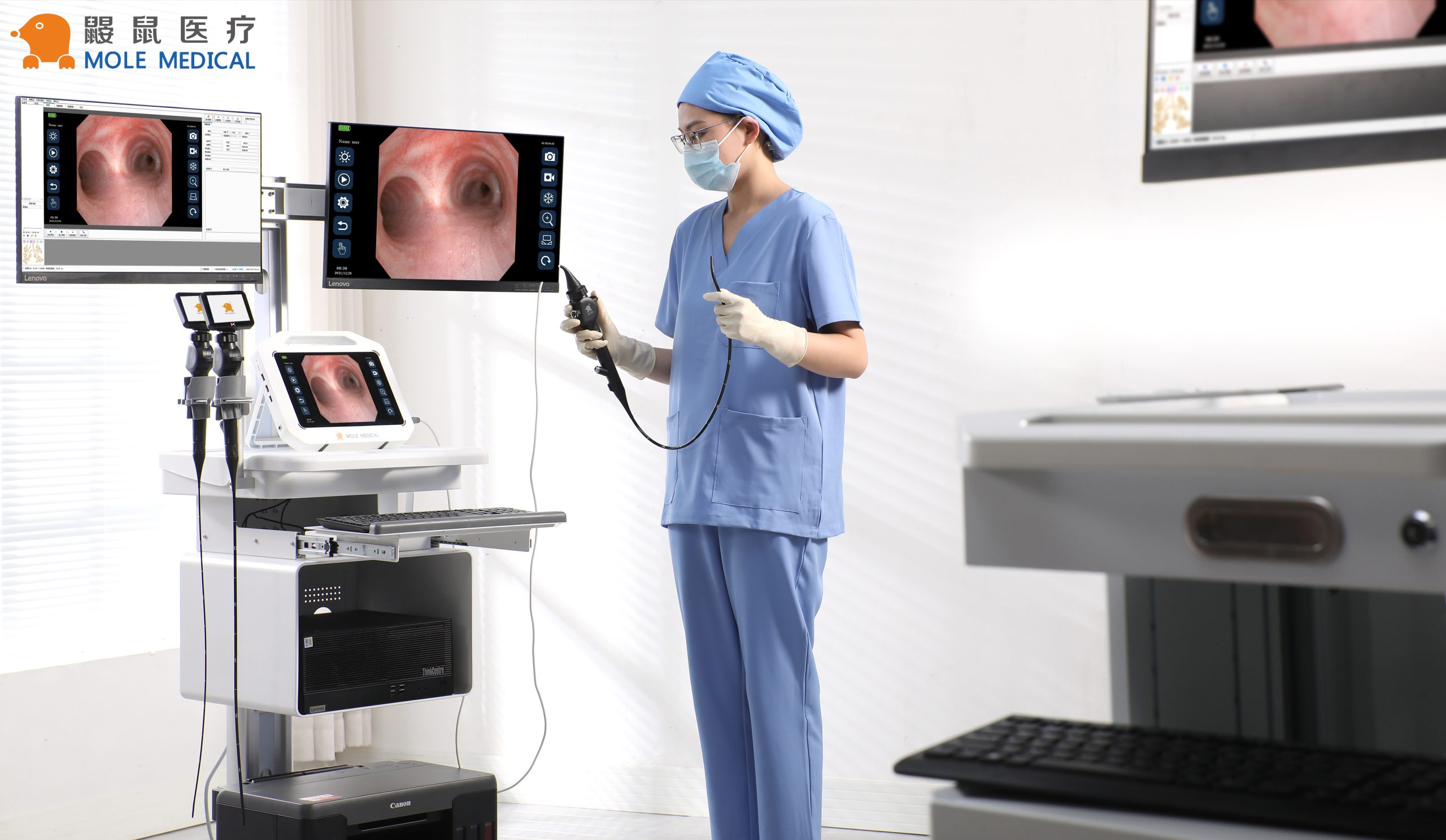
Emergency department essential: Mole medical portable video endotracheal intubation scope in the actual advantages of pre-hospital emergency
In the complex environment of pre-hospital emergency treatment, establishing artificial airway quickly and accurately is one of the key steps to save patients' lives. The traditional endotracheal intubation operation under direct laryngoscope has some problems such as limited field of vision and difficult operation, especially in the case of patients with limited neck movement, excessive oral secretions or anatomic abnormalities, and the success rate may be affected. In recent years, with the advancement of medical technology, portable video endotracheal intubation scopes have gradually become an important tool in emergency departments. Among them, the portable video endotracheal intubation scopes of Mole Medical show significant practical advantages in pre-hospital emergency care with its unique design and performance.



